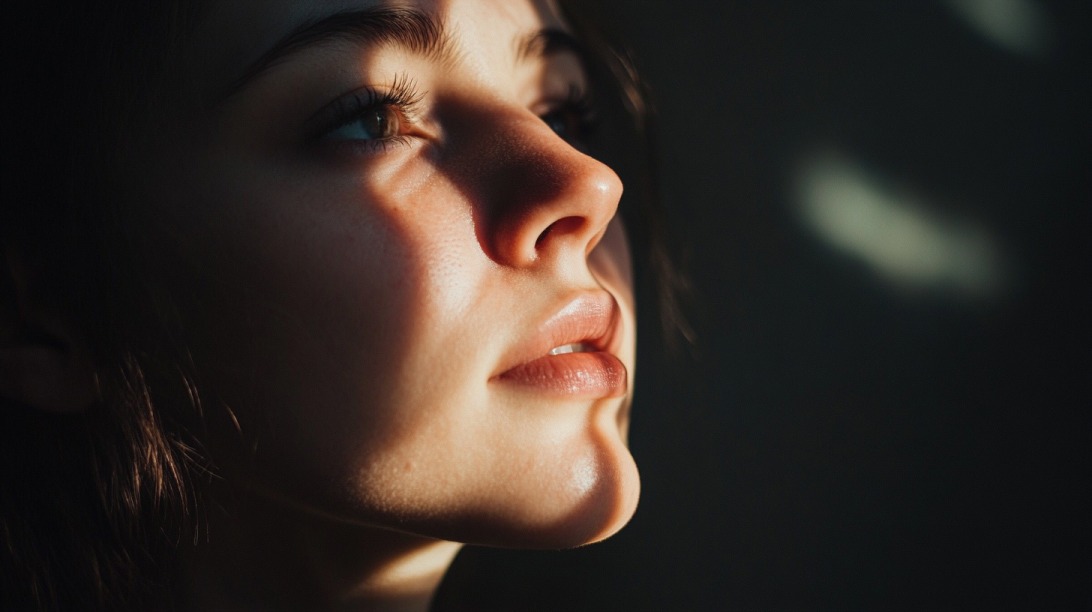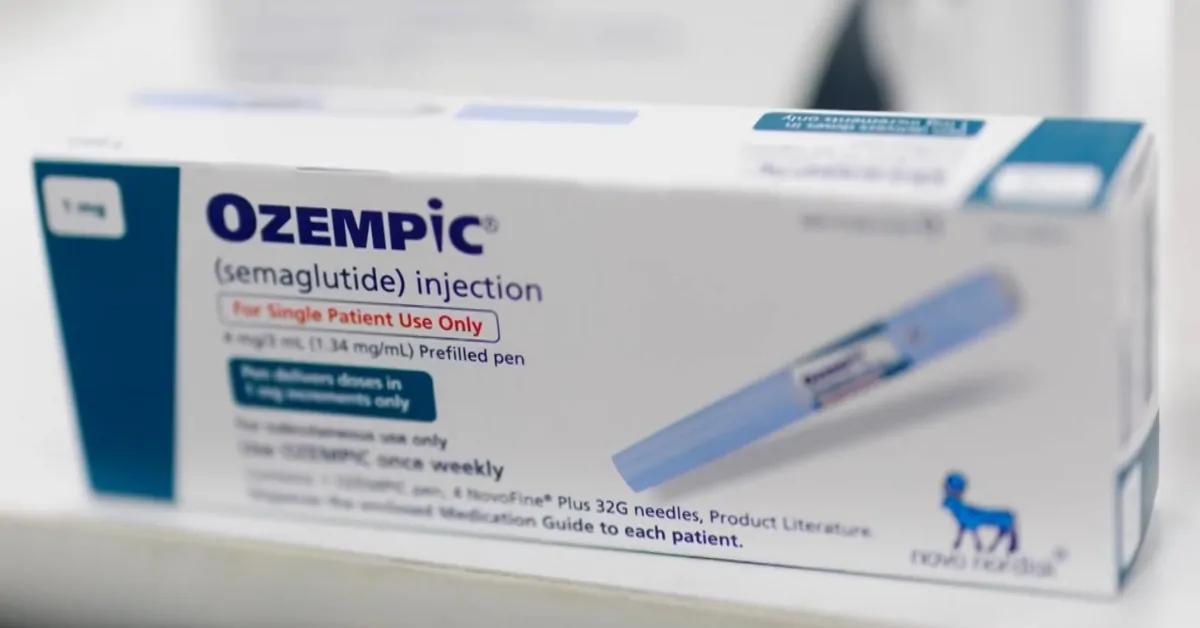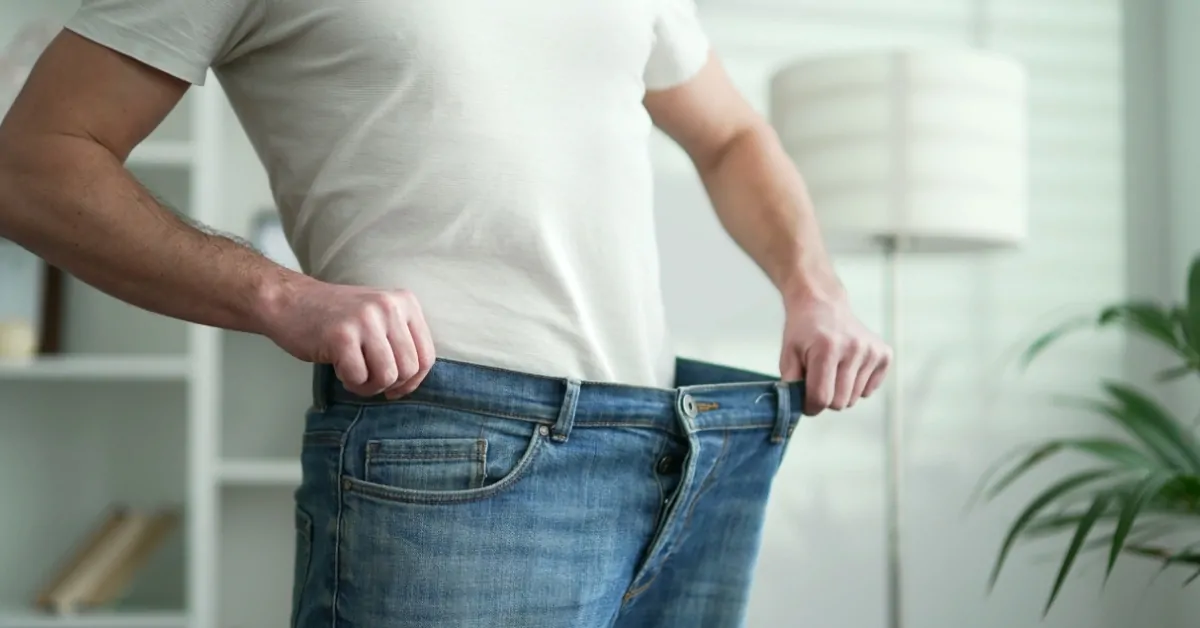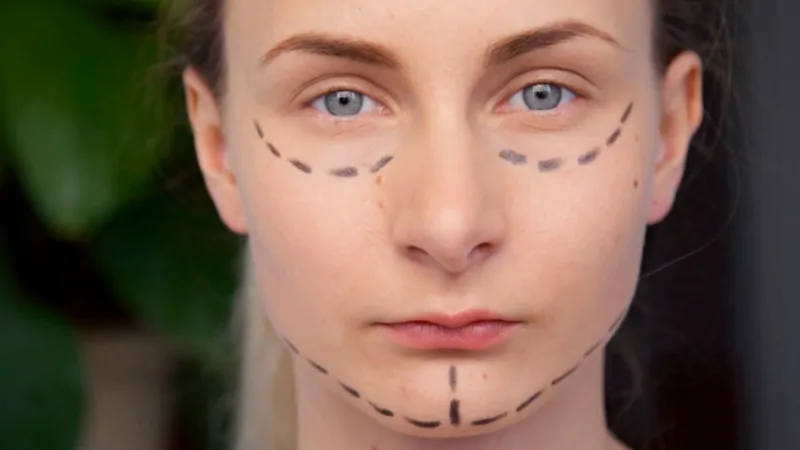We don’t usually think twice about the lighting around us, but it plays a much bigger role in how we feel than most people realize.
Whether it’s the glow of a phone screen late at night or a sunlit window during the day, the kind of light we’re exposed to affects how well we focus, how easily we fall asleep, and how healthy our eyes are.
Right now, nearly 80% of adults in the U.S. spend over two hours a day on digital devices, and more than half say they experience symptoms like headaches, blurry vision, and eye strain as a result, according to the Vision Council. At the same time, being stuck indoors with poor lighting, especially during the day, has been linked to fatigue, anxiety, and even seasonal depression.
It’s not just about too much screen time; it’s also about when and what kind of light you’re getting. The fix isn’t complicated, but it does take some attention—and that’s exactly what we’re going to cover here.
Let’s Talk About Light and Your Brain
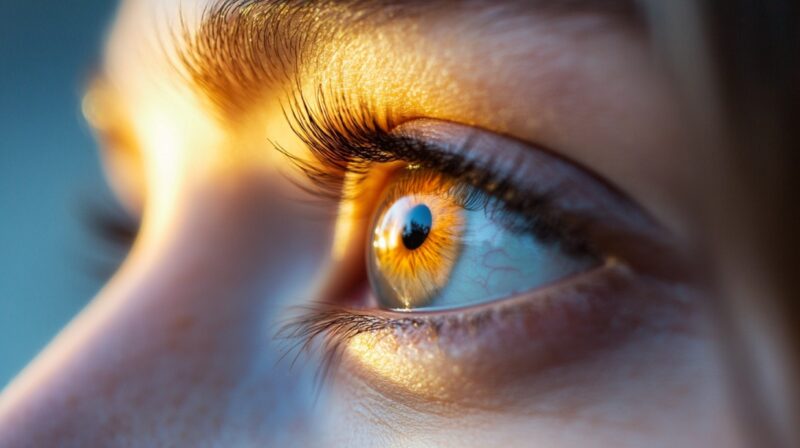
Light isn’t just something you see by—it’s a biological signal. When light enters your eyes, it doesn’t just hit your retina and stop there. It also triggers signals that affect hormone release, brain activity, mood, and even how your organs function.
Blue light, which has a short wavelength and high energy, is especially powerful. Natural daylight has a lot of it—especially in the morning—and that’s a good thing. Early-day blue light boosts serotonin levels, which helps with mood and focus. It also suppresses melatonin, your body’s sleep hormone, helping you feel alert and in sync with your day.
But that same light late at night? It confuses your internal clock. Your brain thinks it’s still daytime, so melatonin stays suppressed, and your body misses the cues it needs to wind down.
Light and Mental Focus: Why You Zone Out in Bad Lighting
Ever feel sluggish under dim lights? Or hyper and scattered under harsh fluorescents? That’s not just a vibe—it’s your nervous system reacting to the quality of light around you.
Bright, cool-toned light (like daylight) is tied to increased alertness and better cognitive performance. That’s because it taps directly into the brain’s attention systems and helps keep you in a more awake, focused state. Offices with plenty of natural light have been shown to improve productivity, reduce absenteeism, and support long-term mental health.
On the flip side, artificial lighting that flickers, glares, or casts shadows can make it harder to concentrate. Overhead fluorescents, in particular, are notorious for causing fatigue and headaches in workplace settings.
Here’s a quick reference on what type of lighting supports what kind of task:
| Lighting Type | Color Temp (Kelvins) | Best For |
| Warm Light | 2700K–3000K | Relaxation, evenings |
| Neutral/Cool White | 4000K–5000K | Focus, work, studying |
| Daylight (blue-toned) | 5000K–6500K | Morning alertness, energy |
If you work from home, investing in a quality daylight lamp or positioning your workspace near a window isn’t a luxury—it’s a smart move for your brain.
Blue Light, Screens, and Your Eyes
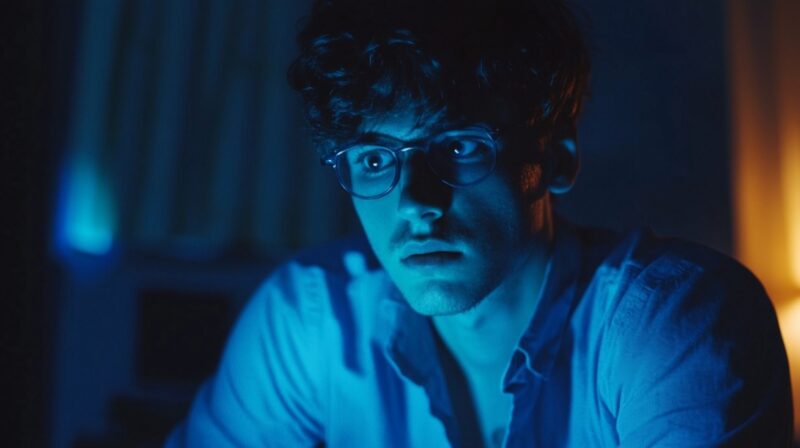
Let’s be honest—most of us aren’t going to stop using our phones or computers anytime soon. But we can get smarter about how we use them.
The issue with screens isn’t just that they emit blue light—it’s that they demand sustained focus from your eyes without the natural movement and variety that comes with, say, looking out a window or around a room. And we blink less while staring at screens, which leads to dryness and irritation.
You might’ve heard of “digital eye strain” or “computer vision syndrome.” It’s real, and it’s miserable.
- Dry, itchy, or burning eyes
- Blurred vision
- Headaches
- Sore neck or shoulders
- Difficulty focusing after screen time
Some people swear by blue light glasses—and for certain folks, they do help. Especially if you work late or under artificial lighting all day. But more important than any special lens is adjusting your habits.
Try this: every 20 minutes, look away from your screen at something 20 feet away, for at least 20 seconds. It gives your eyes a chance to reset according to Eclipse.
As noted by noirinsight.com, nighttime driving can create eye strain from harsh headlights, halos around lights, or reduced visibility in low light. It recommends yellow filters that absorb short, high-energy blue wavelengths to help reduce glare and improve contrast. UVShield filters also block the full UV spectrum up to 400nm—something that may be useful not just on the road, but in any low-light setting that challenges your vision.
Sleep Disruption: Why Lighting Throws Off Your Nights
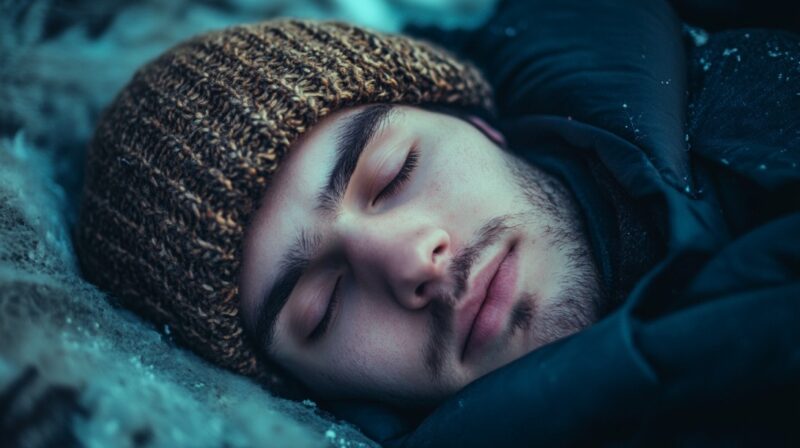
You can meditate, do breathwork, drink chamomile tea—but if your room is lit up like a convenience store at midnight, you’re going to have a harder time falling asleep.
Your body’s circadian rhythm—the internal clock that regulates sleep, hunger, and hormone cycles—is controlled by light. In particular, melatonin production kicks in when it’s dark. Even brief exposure to bright or blue-toned light in the evening can delay this process significantly.
Research shows that even a single hour of blue light exposure at night can reduce melatonin by as much as 50%. No wonder sleep is such a struggle for night owls glued to their phones.
Here’s how to time your lighting to help (not hurt) your sleep:
| Time of Day | Best Lighting | What It Does |
| Morning | Bright natural light or 5000–6500K LED | Boosts alertness, resets circadian rhythm |
| Afternoon | Soft white or natural daylight | Supports steady focus |
| Evening (after 77 PM | Warm, dim light (2700K) | Prepares the brain for melatonin release |
| Night | Low amber or red light (night lights) | Keeps melatonin production steady |
Stanford Center for Longevity notes that getting outside for at least 30 minutes in the morning can also improve your sleep quality later that night. It doesn’t need to be sunny—just bright.
Mood, Light, and Seasonal Slumps
People in northern climates often feel the difference more acutely, especially in the winter. Less daylight can lead to mood dips, irritability, and even depression—a condition known as Seasonal Affective Disorder (SAD).
But a lack of light can affect anyone, anywhere, especially if your environment doesn’t have windows or you’re working long hours indoors.
Light therapy is a proven treatment for SAD and some non-seasonal depression. It involves sitting near a bright light box (10,000 lux) for about 20–30 minutes each morning. It’s safe, effective, and doesn’t involve meds, though you should always talk with a provider before starting if you have a mood disorder or bipolar symptoms.
Aside from therapy, design changes help too. Workspaces with large windows, well-placed mirrors to reflect sunlight, or even adjustable smart bulbs that mimic natural daylight patterns can go a long way toward improving emotional health and reducing stress.
Tips to Improve Lighting for Health (Without Remodeling Your House)
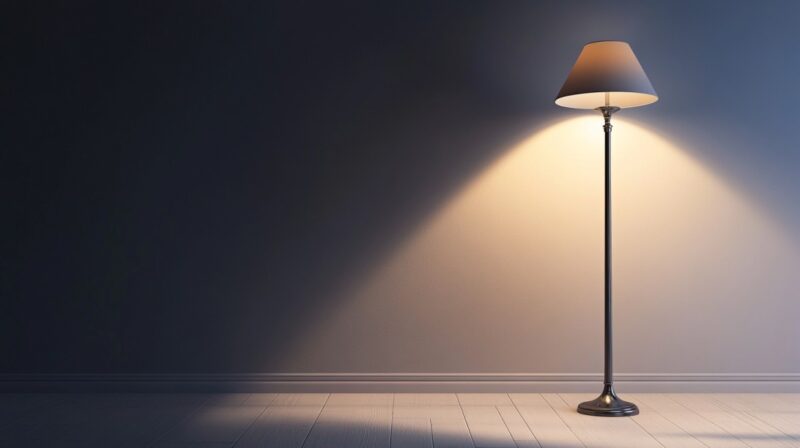
No need to rip out walls or install skylights—small changes can still have a big impact.
- During the day: Open curtains or blinds, and move your workspace near a window if you can. Even indirect light counts.
- At night: Swap harsh white bulbs for warm LEDs in lamps. Use floor or desk lamps instead of overheads.
- In the bedroom: Install blackout curtains to keep out streetlight glow. Use a low red or amber bulb for reading, not your phone.
- For screens: Set up “Night Shift” mode on devices to reduce blue light at night. Use screen filters or apps like f.lux on your computer.
Bonus: Consider installing a smart lighting system that adjusts color temperature throughout the day. Some of them shift automatically from cool light in the morning to warm light at night, helping you stay in sync with your natural rhythm.
Final Thought
Lighting affects more than just what you can see—it shapes how you feel, think, and function. The wrong kind of light at the wrong time can leave you tired, wired, or just plain off. But with a few conscious adjustments—like brightening your mornings, dimming your evenings, and giving your eyes regular breaks—you can turn lighting into a tool that works with your body instead of against it.
It’s not about perfection. It’s about paying attention to how you feel and giving your brain, eyes, and body the kind of light they need.


